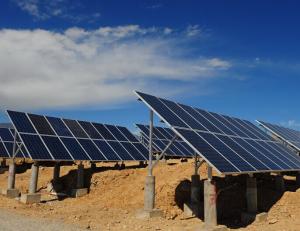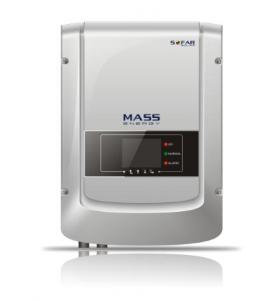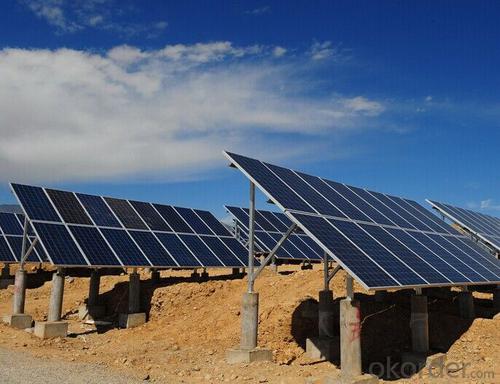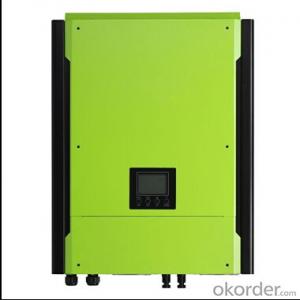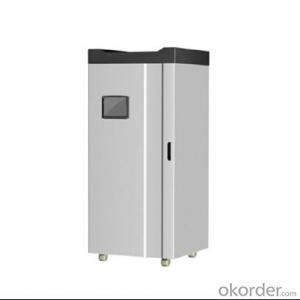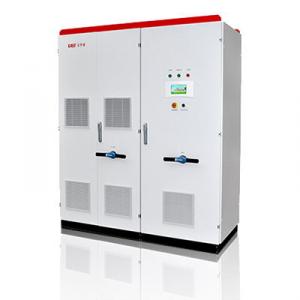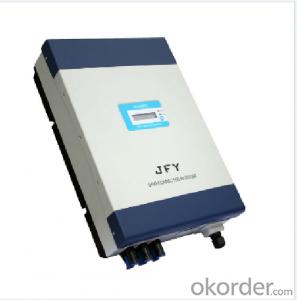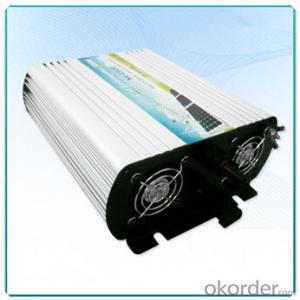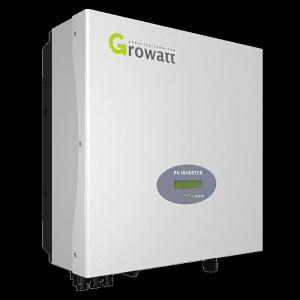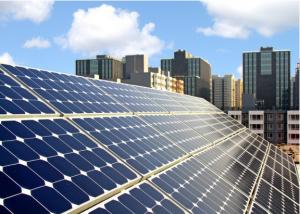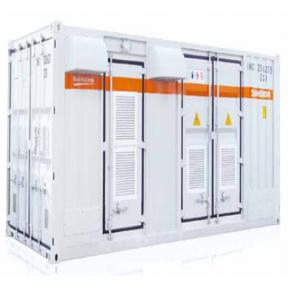220V 5000W Grid-Tied Solar PV Inverter 5000TLM
- Loading Port:
- Shekou
- Payment Terms:
- TT or LC
- Min Order Qty:
- 10 unit
- Supply Capability:
- 10000 unit/month
OKorder Service Pledge
OKorder Financial Service
You Might Also Like
5000W Grid-tied Solar PV Inverter 5000TLM
High-yield
•Max 97.6%efficiency
•Real timeprecise MPPT algorithm for max harvest
•Wide inputvoltage operation range from 100V to 550V
•Two MPPtrackers for flexible PV panel configuration
5000W Grid-tied Solar PV Inverter Low maintenance cost
•Rust-freealuminumcovers
•Flexiblemonitoring solution
•Multifunctionrelay can be configured to show various inverter information
5000W Grid-tied Solar PV Inverter Flexible and economicalsystem solution
•Free siteselection due to IP65
•Easy installationand maintenance due to “Plug & Play” connection
•Interfaceselection-Wi-Fi/RS485/DryRelay for more flexible configuration and system monitoring
•4” LCDdisplay
5000W Grid-tied Solar PV Inverter Intelligent grid management
•Reactivepoweradjustable
•Self powerreducerwhenover frequency
•Remoteactive/reactivepower limit control
5000W Grid-tied Solar PV Inverter Datasheet
Technical Data | SOFAR 3000TLM | SOFAR 3680TLM | SOFAR 4000TLM | SOFAR 4600TLM | SOFAR 5000TLM |
Input (DC) | |||||
Max. Input Power | 3100W | 3800W | 4160W | 4800W | 5200W |
Max. DC power for single MPPT | 2000 (200V-500V) | 2400 (200V-500V) | 2600 (200V-500V) | 3000 (200V-500V) | |
Number of independent MPPT | 2 | ||||
Number of DC inputs | 1 for each MPPT | ||||
Max. Input Voltage | 600V | ||||
Start-up input voltage | 100V(+/-5V) | ||||
Rated input voltage | 360V | ||||
Operating input voltage range | 100V-550V | ||||
MPPT voltage range | 160V-500V | 165V-500V | 175V-500V | ||
Max. Input current per MPPT | 10A/10A | 12A/12A | 13A/13A | 15A/15A | |
Input short circuit current per MPPT | 12A | 14A | 16A | 18A | |
Output(AC) | |||||
Rated power(@230V,50Hz) | 3000VA | 3680VA | 4000VA | 4600VA | 5000VA |
Max. AC power | 3000VA | 3680VA | 4000VA | 4600VA | 5000VA |
Nominal AC voltage | L/N/PE, 220, 230, 240 | ||||
Nominal AC voltage range | 180V-270V | ||||
Grid frequency range | 44~55Hz / 54~66Hz | ||||
Active power adjustable range | 0~100% | ||||
Max. Output Current | 13A | 16A | 17.5A | 20A | 22A |
THDi | <3% | ||||
Power Factor | 1(Adjustable +/-0.8) | ||||
Performance | |||||
Max efficiency | 97.6% | ||||
Weighted eff.(EU/CEC) | 97.1%/97.3% | ||||
Self-consumption at night | <1W | ||||
Feed-in start power | 20W | ||||
MPPT efficiency | >99.5% | ||||
Protection | |||||
DC reverse polarity protection | Yes | ||||
DC switch | Optional | ||||
Protection class / overvoltage category | I/III | ||||
Input/output SPD(II) | Optional | ||||
Safety Protection | Anti-islanding, RCMU, Ground fault monitoring | ||||
Certification | CE, CGC, AS4777, AS3100, VDE 4105, C10-C11, G83/G59 (more available on request) | ||||
Communication | |||||
Power management unit | According to certification and request | ||||
Standard Communication Mode | Wifi+RS485 | ||||
Operation Data Storage | 25 years | ||||
General data | |||||
Ambient temperature range | -25℃ ~ +60℃ | ||||
Topology | Transformerless | ||||
Degree of protection | IP65 | ||||
Allowable relative humidity range | 0 ~ 95% no condensing | ||||
Max. Operating Altitude | 2000m | ||||
Noise | <25dB | ||||
Weight | 18kg | ||||
Cooling | Nature | ||||
Dimension | 344×478×165mm | ||||
Warranty | 5 years | ||||
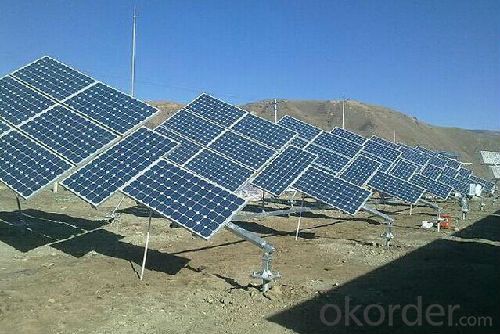
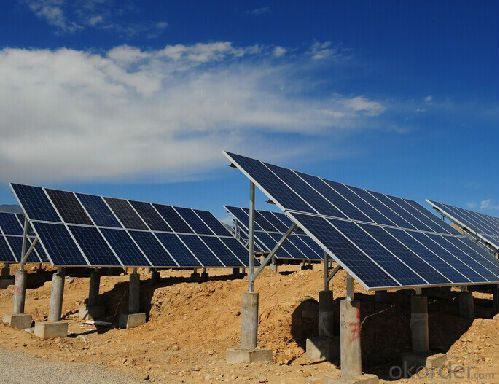
- Q: Can a solar inverter be used with a solar-powered street lighting system?
- Yes, a solar inverter can be used with a solar-powered street lighting system. The solar inverter is responsible for converting the direct current (DC) generated by the solar panels into alternating current (AC) which is required to power the street lights. This ensures that the solar-powered street lighting system operates efficiently and effectively.
- Q: Can a solar inverter be used with different types of solar panels (monocrystalline, polycrystalline, thin-film)?
- Yes, a solar inverter can be used with different types of solar panels such as monocrystalline, polycrystalline, and thin-film. Solar inverters are designed to convert the direct current (DC) produced by solar panels into alternating current (AC) suitable for use in household or commercial electrical systems. As long as the solar panels generate DC power within the operating range of the inverter, they can be compatible regardless of the technology used.
- Q: Can a solar inverter be used in a solar-powered irrigation system?
- Yes, a solar inverter can be used in a solar-powered irrigation system. A solar inverter is responsible for converting the direct current (DC) produced by solar panels into alternating current (AC), which is necessary for powering electrical devices such as pumps and motors in an irrigation system. By connecting the solar panels to a solar inverter, the energy generated by the sun can be efficiently utilized to operate the irrigation system, making it a sustainable and cost-effective solution for agricultural purposes.
- Q: How does a solar inverter protect against lightning strikes?
- A solar inverter typically protects against lightning strikes by incorporating surge protection devices and grounding systems. These features help to divert the excess energy caused by a lightning strike away from the sensitive electronic components of the inverter, preventing damage and potential electrical hazards.
- Q: Can a solar inverter be used for off-grid applications?
- Yes, a solar inverter can be used for off-grid applications. Off-grid systems typically rely on solar panels to generate power, and a solar inverter is used to convert the direct current (DC) produced by the panels into alternating current (AC) which can be used to power appliances and devices. The inverter also helps regulate the flow of electricity and ensure compatibility with off-grid power storage systems such as batteries.
- Q: Can a solar inverter be used with different types of mounting systems?
- Yes, a solar inverter can be used with different types of mounting systems. The compatibility of the inverter with different mounting systems depends on factors such as the voltage and power requirements, as well as the communication protocols. However, most modern solar inverters are designed to be versatile and can be used with various types of mounting systems, including roof-mounted, ground-mounted, and pole-mounted systems.
- Q: How does a hybrid solar inverter work?
- A hybrid solar inverter works by converting the direct current (DC) electricity generated by solar panels into alternating current (AC) electricity that can be used to power appliances and equipment in a home or business. It also has the ability to store excess electricity in batteries for later use. Additionally, it can draw electricity from the grid when solar power is not sufficient, ensuring a continuous power supply. Overall, a hybrid solar inverter maximizes the use of solar energy and provides flexibility in managing electricity consumption.
- Q: What is the role of a solar inverter in preventing electrical hazards?
- The role of a solar inverter in preventing electrical hazards is to convert the direct current (DC) generated by solar panels into alternating current (AC) that is suitable for use in homes and businesses. By ensuring the safe and efficient conversion of power, solar inverters help to minimize the risk of electrical hazards such as electrical shock, fire, or damage to electrical appliances and equipment. They also incorporate safety features like ground-fault protection and overvoltage protection, further enhancing their role in preventing electrical hazards.
- Q: How do you maintain a solar inverter?
- To maintain a solar inverter, regular inspections and cleanings are necessary to ensure optimal performance. This includes checking for any loose connections, dust or debris accumulation, and ensuring proper ventilation. Additionally, monitoring the inverter's performance and output regularly can help identify any issues or anomalies that may require professional attention. It is also advisable to follow the manufacturer's guidelines and recommendations for maintenance and servicing.
- Q: What is the difference between a string inverter and a microinverter?
- A string inverter is a centralized device that converts the direct current (DC) generated by a solar panel array into alternating current (AC) for use in a building or grid. It is typically connected to a string of solar panels, where multiple panels are wired together in series. On the other hand, a microinverter is a small inverter that is attached to each individual solar panel, converting the DC power generated by each panel into AC power. The main difference between the two is their level of integration and connectivity. While a string inverter handles the conversion for multiple panels, a microinverter enables independent operation and optimization of each panel, resulting in increased energy harvest, system flexibility, and fault tolerance.
Send your message to us
220V 5000W Grid-Tied Solar PV Inverter 5000TLM
- Loading Port:
- Shekou
- Payment Terms:
- TT or LC
- Min Order Qty:
- 10 unit
- Supply Capability:
- 10000 unit/month
OKorder Service Pledge
OKorder Financial Service
Similar products
Hot products
Hot Searches
Related keywords
